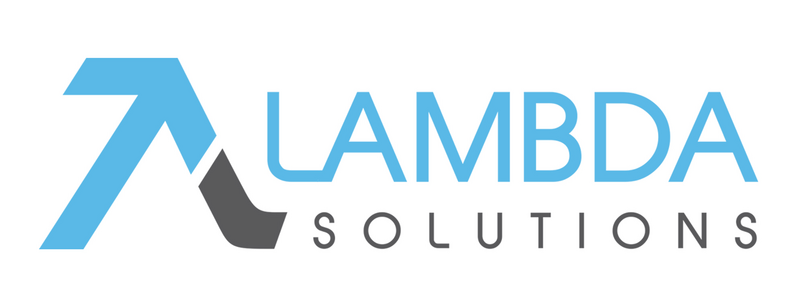Professional Partner Content
Digital Badges: Creating Opportunities to Engage Learners
Published Thu Sep 06 2018
When the pace of change is faster than the pace of learning, companies are challenged with the ever-widening gap between skills and ability to ensure employees are ready to tackle the next critical business challenge.
To keep up with the accelerating pace of change, employers need new portable, inclusive ways to identify relevant skills and verified competencies. Training and development must adapt to better prepare employees for tomorrow's workplaces while recognizing the unique abilities of individuals. More agile corporate training systems require a common method to identify and track specific competencies.
By implementing digital badges, individual achievements can be recognized and showcased through visual images. Employers can leverage this culture of recognition to increase employee capacity, agility, and competitiveness while boosting employee morale.
Using Digital Badges to Recognize Achievement
Digital badges serve as a graphical representation of an individual's skills attainment. These credentials can signify successfully completing a course, demonstrating a professional competency, or accomplishing a designated goal. Unlike the paper certificates, digital badges are easily authenticated and very traceable.
To communicate relevant information, each digital badge is encoded with metadata to provide details such as the issuer, recipient, date earned and description. Individuals can accumulate badges from different issuers and display all of these badges online. By clicking on a badge, an individual can view its metadata to learn more and confirm its authenticity.
Adding badges to a user-focused learning management system (LMS) such as Totara Learn creates new opportunities to engage learners. While we all have different motivators, many people are encouraged when their achievements are recognized. Employers can use badges to promote behavioral change by awarding them to employees for actions such as displaying soft skills, working collaboratively, or completing compliance training on time.
The opportunity to earn digital badges can also add a gamification component to your LMS. By designing a curriculum with specific rewards to work toward, learners are more likely to stick with a program.
Best Practices for Implementing Digital Badges
To effectively incorporate digital badges into your corporate and compliance training programs, they should be structured, challenging, and meaningful.
1. Structured
The number and types of badges available should reflect your company's training objectives. Consider the activities, skills, and behaviors you want to incentivize when deciding how and when to award badges.
2. Challenging
Earning a badge should give the learner a sense of achievement. Avoid offering too many easily obtainable tasks or activities to ensure that awards remain relevant.
3. Meaningful
When introducing a new badge, the issuer needs to fully describe the objectives a learner must meet to earn it. Each badge should represent a tangible skill, competency, or achievement.
You've Reached ATD Member-only Content
Become an ATD member to continue
Already a member?Sign In

